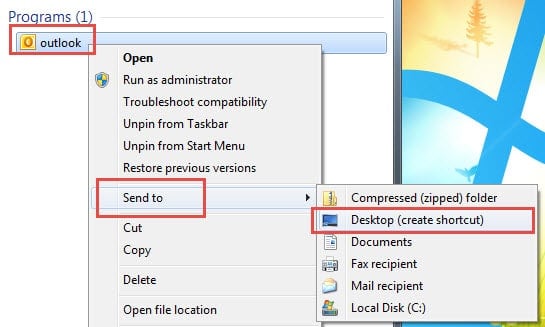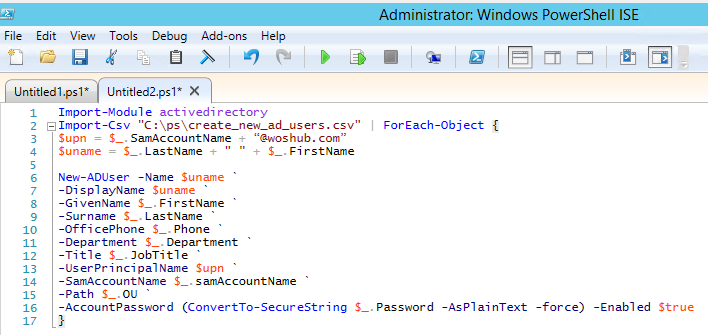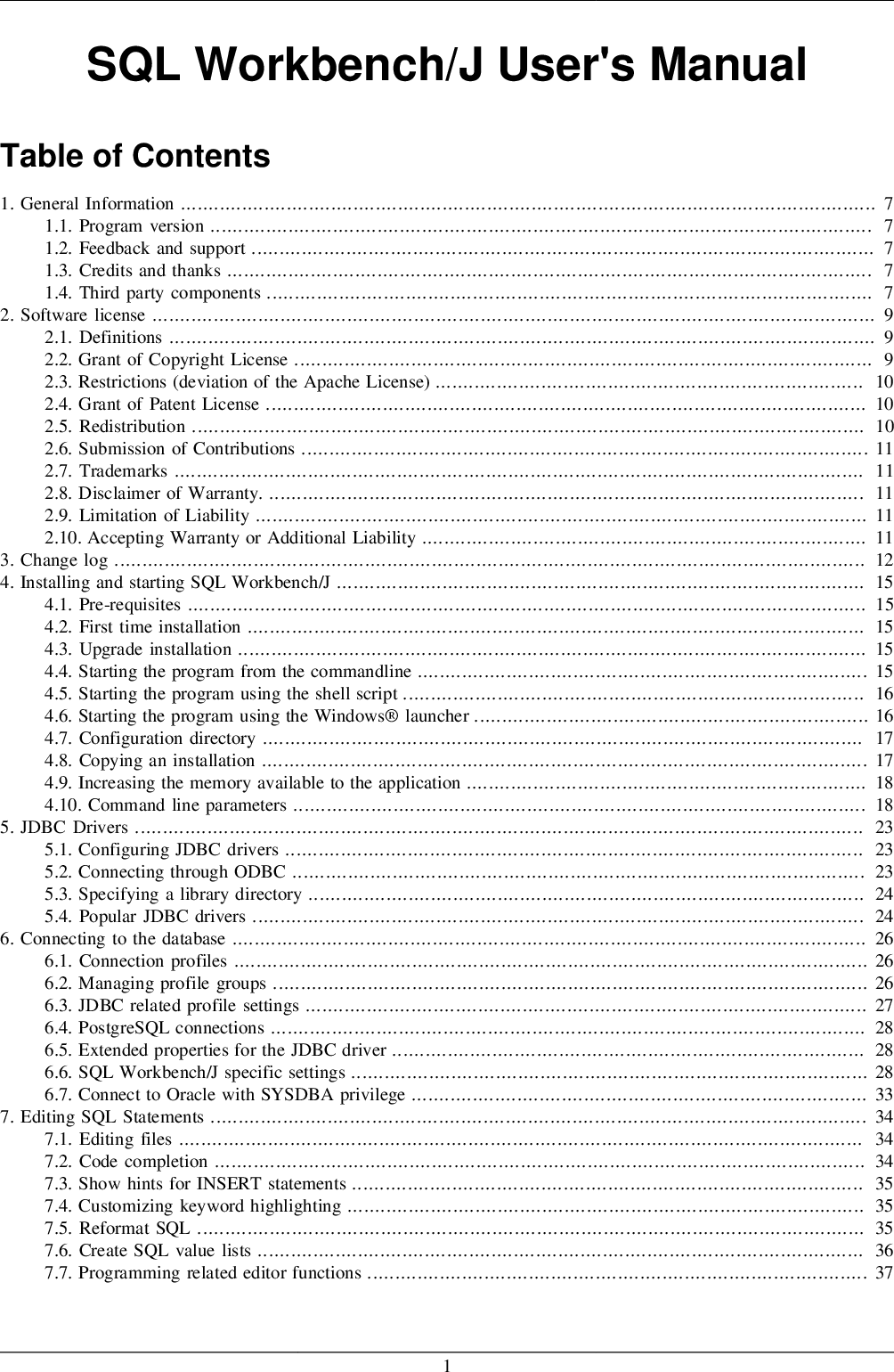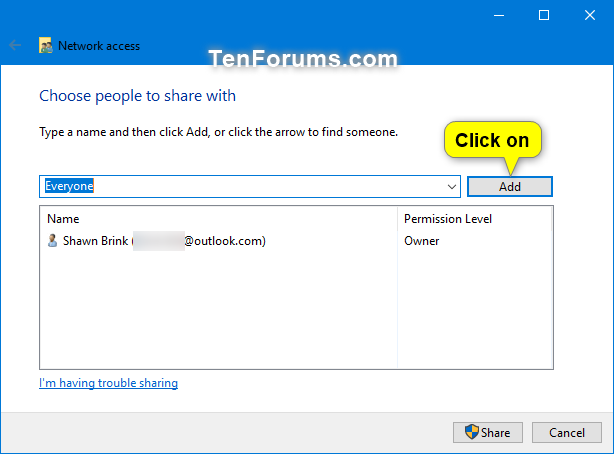Virtualenv is the tool in Python which helps in creating new virtual environments for your projects, with their own install directories, isolated from the system directories. The interesting thing to note is that you can create virtual environments with various python versions, with each virtual environment having its own set of packages. For this reason, developers often create a virtual environment for a project. A virtual environment is a subfolder in a project that contains a copy of a specific interpreter. When you activate the virtual environment, any packages you install are installed only in that environment's subfolder. When you then run a Python program within that environment, you know that it's running against only those specific packages.
NOTEThere are two tools for setting up virtual environments, virtualenv and venv, that we can use almost interchangeably. Virtualenv supports older Python versions and needs to be installed using the pip command. In contrast, venv is only used with Python 3.3 or higher and is included in the Python standard library, requiring no installation. This means they tend to be older than current, stable versions.
As a result, CS Staff will update these versions only as part of the distribution update timeline. This means that they won't be updated upon request and they may be updated with limited advance notice. Additionally, we won't be installing third-party packages at the system level if such packages can be installed by end-users in virtual environments. The most popular and widely used of these projects is virtualenv, which handles creating the directory structure and copying the needed files into a virtual environment. To create a virtual environment directory with it, type virtualenv /path/to/directory.
Activating and deactivating the virtual environment works the same way as it does for virtual environments in Python 3 . When you create a new virtual environment, the pip and setuptools packages will be installed, but that's all. You'll need to install any other packages you want to use in the environment. For projects with complex requirements, you should keep in the root of the project a requirements.txt file that lists the requirements for the project. This way, if you need to recreate the virtual environment, you can reinstall all of the needed packages with the command pip install -r requirements.txt. This led to issues when different projects required different versions of packages.
To address this problem, Python virtual environments were developed. Pipenv – effectively combines pip+venv into a single tool that lets you create virtual environments with whatever Python version you want, and then install and manage packages therein. The last command installs all the packages listed in requirements.txt in the virtual environment that your colleague is creating. So, if she runs the pip freeze command on her side, she gets the same packages with the same versions as yours. Another pertinent point to consider is that if you're going to add your project to a Git repository, never add its virtual environment folder to the repository.
The only thing you need to add is the requirements.txt file. Python virtual environments create isolated contexts to keep dependencies required by different projects separate so they don't interfere with other projects or system-wide packages. Basically, setting up virtual environments is the best way to isolate different Python projects, especially if these projects have different and conflicting dependencies. Now, it's time to activate the environment, check the Python version and also list the default packages installed for us. To do so, execute the following commands and you should see a similar output as shown in the image that follows. The on the left shows that our virtual environment is active.
If you want to create virtual environments that also have access to globally installed packages. It's vital to test new technology before rolling it out into your production environment. I like to use Python virtual environments provided by the venv module for developing and testing Ansible playbooks and features. Virtual environments make it easy to define and install the packages specific to your project. Using a requirements.txt file, you can define exact version numbers for the required packages to make sure your project will always work with a version that has been tested with your code.
This also helps other users of your software since a virtual environment will help others reproduce the exact environment for which your software was built. Assume your colleague is going to work on the same project that you have been working on for weeks. She needs to install exactly the same packages with the correct versions in a virtual environment on her system. To create identical environments, you first need to list all the dependencies installed in the project's virtual environment by using the pip freeze command. A conda environment is a Python environment that's managed using the conda package manager (see Getting started with conda (conda.io)). Conda works well to create environments with interrelated dependencies as well as binary packages.
Unlike virtual environments, which are scoped to a project, conda environments are available globally on any given computer. This availability makes it easy to configure several distinct conda environments and then choose the appropriate one for any given project. And got this error by create virtualenv by using virtualenv xxx directly. After purging folder xxx and reinstalling with virtualenv -p TARGET_PY_EXE xxx everything works smoothly. By the way, I simply create env variables as PY2 and PY3 instead of adding absolute paths into PATH.
However, all scripts installed in a virtual environment should be runnable without activating it, and run with the virtual environment's Python automatically. The venv module provides support for creating lightweight "virtual environments" with their own site directories, optionally isolated from system site directories. Each virtual environment has its own Python binary and can have its own independent set of installed Python packages in its site directories. You learned how to create, activate, deactivate, and delete virtual environments.
We also took a look behind the curtains, to see why and how a venv works. Now that you know how to create a venv, you need to learn how to install packages inside of it. After that, I strongly recommend you to learn about Pipenv or Poetry.
These tools combine the management of your virtual environment with proper package and dependency management. We are now inside an isolated virtual environment where only pip and setup tools are installed by default. Let's check the pre-installed packages on the virtual environment by running the pip list command. A Python virtual environment is a local installation that has its own directory system (including site-packages), Python interpreter, and shares the standard Python library. This will add the path to the Python interpreter from the new virtual environment to your workspace settings. That environment will then be used when installing packages and running code through the Python extension.
For examples of using virtual environment in projects, see the Python, Django, and Flask tutorials. If you installed Python from source, with an installer from python.org, or viaHomebrew you should already have pip. If Python is installed using your OS package manager, you may have to install pip separately, see Installing pip/setuptools/wheel with Linux Package Managers. For example, on Debian/Ubuntu you must runsudo apt install python3-venv python3-pip.
Working with Django and Virtualenv is easy when you have pip installed. In some systems, it is required to have python-dev installed so that you can run virtualenv flawlessly. It is also advisable to upgrade to the latest version of pip.
In many Linux systems like Ubutnu, you can install the two using the following commands. NOTE A Python project folder contains source code that runs in a virtual environment. On the other hand, a virtual environment is a folder that contains the Python interpreter, packages, and tools like pip. So, the best practice is to keep them separate and never put your project files in a virtual environment folder. Well done, you've created a requirements.txt that you can distribute to your colleague to reproduce the same virtual environment on her system.
Now, let's see what she should do to reproduce the virtual environment. She first needs to create a virtual environment, activate it, and then run the pip install -r requirements.txt command to install all the required packages. The figure above illustrates what you have on your system when we create multiple Python virtual environments. When you setup a virtual environment , you can immediately use it by invoking Python using the full path to the bin subdirectory (e.g., my_venv/bin/python3 my_program.py). For convenience, when you setup a virtualenv, it provides an activate script that you can invoke which will put the bin subdirectory for your virtualenv first on your PATH . When your virtualenv is activated, you no longer need to use the full path to the Python interpreter (e.g., my_venv/bin/python3 my_program.py).
This will change your $PATH so its first entry is the virtualenv'sbin/ directory. (You have to use source because it changes your shell environment in-place.) This is all it does; it's purely a convenience. If you directly run a script or the python interpreter from the virtualenv's bin/ directory (e.g. path/to/env/bin/pipor /path/to/env/bin/python script.py) there's no need for activation.
Venv – built into the Python standard library since v3.3, venv provides support for creating and managing virtual environments. You'll still need to use pip to install and manage packages, though. Python 3 comes bundled with the venv module to create virtual environments.
If you're using a modern version of Python, you can continue on to the next section. An optional path to a virtualenv directory to install into. It cannot be specified together with the 'executable' parameter (added in 2.1). If the virtualenv does not exist, it will be created before installing packages. The optional virtualenv_site_packages, virtualenv_command, and virtualenv_python options affect the creation of the virtualenv. Common installation tools such as setuptools and pip work as expected with virtual environments.
In other words, when a virtual environment is active, they install Python packages into the virtual environment without needing to be told to do so explicitly. By default, Elastic Beanstalk looks for a file called application.py to start your application. If this doesn't exist in the Python project that you've created, some adjustment of your application's environment is necessary. You will also need to set environment variables so that your application's modules can be loaded.
See Using the Elastic Beanstalk Python platform for more information. Here, I created venv as the name of my virtual environment. The folder with the name venv is created that contains all the necessary executables to run the Python project. This is the folder where all your python packages will run. The importance of Python virtual environments becomes apparent when we have various Python projects on the same machine that depend on different versions of the same packages. For example, imagine working on two different data visualization projects that use the matplotlib package, one using version 2.2 and the other using version 3.5.
This would lead to compatibility issues because Python cannot simultaneously use multiple versions of the same package. Pipenv is a tool for managing dependencies and workflow in virtual environments. It uses pip and virtualenv underneath, and simplifies their usage with a single command line syntax. Like venv, pipenv automatically creates a separate virtual environment for each project. ActiveState Platform – package management solution that automatically creates Python runtimes environments and installs them in virtual environments. Replace pip with State Tool for installing and managing packages.
By default, any Python interpreter that you've installed runs in its own global environment, which is not specific to any one project. For example, if you just run python or python3 (macOS/Linux) at a new command prompt, you're running in that interpreter's global environment. Accordingly, any packages that you install or uninstall affect the global environment and all programs that you run within that context. A Virtual Environment or a "venv" is a Python module that creates a unique environment for each task or project. It installs the packages we need that are unique to that setting while keeping your projects neatly organized.
Additionally, venv never actually modifies the system's default Python versions or modules that are installed on the system. Using venv essentially allows for a unique working environment while avoiding any disruptions to other variants of Python that are used, but not related to our project. As you can see, the environment was created by copying Python binary to a local directory (ENV/bin/python). Also, the parent directory contains a lib folder, which stores a collection of symlinks to standard library files. We can't create a symlink to the executable, because it will be dereferenced by the interpreter.
Once you have the prerequisites installed, set up a virtual environment with virtualenv to install your application's dependencies. Python virtual environments give you the freedom to test whatever version of modules, plugins, and Python packages you need. That includes vital sysadmin software like Ansible, so you can test new Ansible features without disturbing your system install. Still, there are cases when we're just creating small projects or one-off scripts. Or perhaps you just don't want to containerize your application.
Whatever the reason is, virtual environments are a great way to isolate your project's dependencies. Virtual environment support is provided out-of-the-box with modern versions of Python. Other options available on CS systems include installing and using Conda in your home directory or project space or using Singularity.
It used the main Python interpreter, but relied on setting $PYTHONPATH to activate the environment. This causes problems when running Python scripts that aren't part of the environment (e.g., a globally installed hg or bzr). Whether the virtual environment will inherit packages from the global site-packages directory. Note that if this setting is changed on an already existing virtual environment it will not have any effect, the environment must be deleted and newly created. When combining conda and pip, it is best to use an isolated conda environment. Only after conda has been used to install as many packages as possible should pip be used to install any remaining software.
If modifications are needed to the environment, it is best to create a new environment rather than running conda after pip. When appropriate, conda and pip requirements should be stored in text files. If you choose not to activate your environment, then loading and setting environment variables to activate scripts will not happen. After setting up your Anaconda distribution, open up your command prompt and type conda create envname to create a conda's virtual environment. For Windows users, conda isn't available for direct use in the command line.
You'll have to call it from the batch file using conda.bat create envname. If you're already familiar with the way pip works, you're set. Once you've activated the new virtual environment, you can use the pip package manager to add and change packages for it. You'll find pip in the Scripts subdirectory of the virtual environment on Windows, and in the bin subdirectory on Unix OSes. The packages installed in each virtual environment are seen only in that virtual environment and no other.
Even large, complex packages with platform-dependent binaries can be corralled off from each other in virtual environments. But what happens when those packages don't play nice with each other? What do you do when different Python projects need competing or incompatible versions of the same add-ons? That's where Python virtual environments come into play. It might make sense if you're running or testing a project on multiple Python versions.


























No comments:
Post a Comment
Note: Only a member of this blog may post a comment.